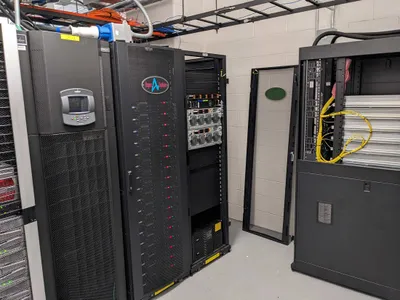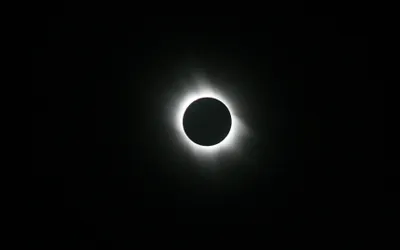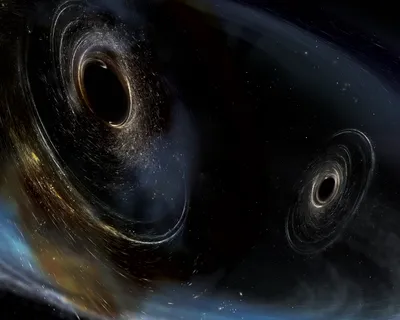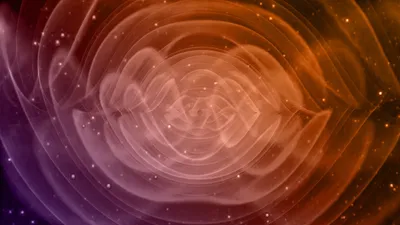Eberly News

Written in the stars: WVU astrophysicists set to receive Shaw Prize, the ‘Nobel of the East’
For Duncan Lorimer and Maura McLaughlin, working at the Arecibo Observatory in Puerto Rico set off a sequence of life events that would include marriage, children, finding a home at West Virginia University, an out-of-this-world scientific discovery and, now, earning a highly prestigious award described as the “Nobel Prize of the East.”

Powerful new GPU computing resources available to researchers across state
Faculty and student researchers at WVU and any other university or college in West Virginia can now request access to the new high performance computing cluster called Dolly Sods.
Eberly Astronomers Awarded Prestigious Shaw Prize in Astronomy
The 2023 Shaw Prize has been awarded to Astronomy professors Duncan Lorimer and Maura McLaughlin for the discovery of fast radio bursts (FRBs).

Eberly staff members receive 2023 Outstanding Staff Award
Miranda Heitz and Barb Reiprich have been named 2023 recipients of the Eberly College of Arts and Science Outstanding Staff Award.
WVU researcher makes magnetic reconnection breakthrough, may help predict space weather
A West Virginia University postdoctoral researcher in the Department of Physics and Astronomy has made a breakthrough in the study of magnetic reconnection, which could prevent space storms from wreaking havoc on the Earth’s satellite and power grid systems.
WVU physicist named Cottrell Scholar
Weichao Tu, an assistant professor of physics in the WVU Department of Physics and Astronomy, has been named a 2019 Cottrell Scholar. She has received $100,000 in funding alongside the award to further her development of a new space science learning module.

WVU Planetarium and Observatory to host pre-eclipse event Aug. 19
Almost every 18 months, a total solar eclipse is visible to some part of the world. However, the United States hasn’t had a total solar eclipse since 1994. For the first time during the 21st century, a total solar eclipse will be visible across the United States on Monday, Aug. 21.

WVU researchers help detect gravitational waves for the third time; confirm new population of black holes
West Virginia University researchers were part of a team that detected gravitational waves for the third time since 2015, once again confirming Albert Einstein's Theory of General Relativity.

WVU coaches area students to highest award at global robotics championship
The expertise of West Virginia University, the experience of community mentors and the minds of West Virginia high school students created a winning formula at the world’s largest event for STEM students.

WVU to celebrate Einstein during month-long event
Over 100 years ago, Einstein predicted gravitational waves, ripples in the fabric of space and time caused by energetic processes in the universe. Just last year, two professors at West Virginia University helped discover gravitational waves and verify Einstein’s theory.
